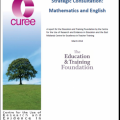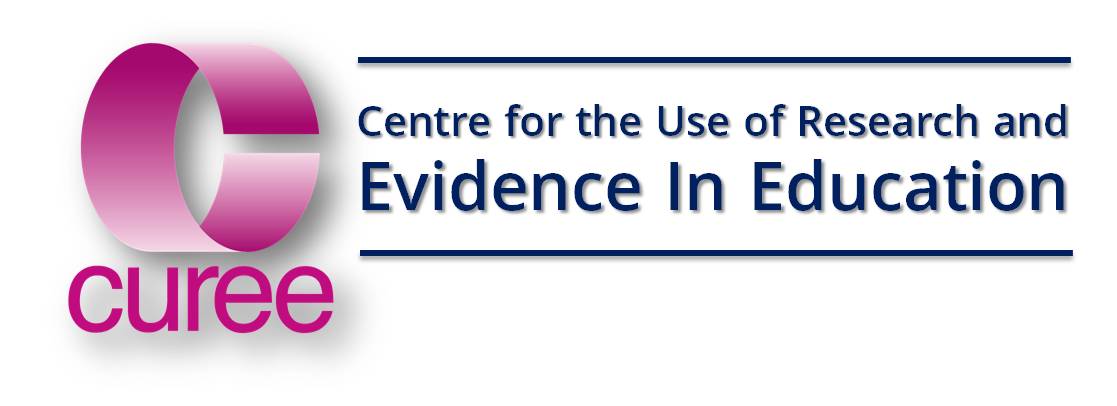 CUREE was commissioned by the Education & Training Foundation to research the key issues in the teaching of maths and English in the sector. Conducted very rapidly and in partnership with EmCETT we interviewed policy makers and experts, reviewed the international research evidence and consulted leaders and practitioners across the sector. We think the report provides a fascinating window into how maths and English teachers and their leaders are thinking about the new level 2 challenges. The full report is published here now and will also be available on the Foundation website shortly.
CUREE was commissioned by the Education & Training Foundation to research the key issues in the teaching of maths and English in the sector. Conducted very rapidly and in partnership with EmCETT we interviewed policy makers and experts, reviewed the international research evidence and consulted leaders and practitioners across the sector. We think the report provides a fascinating window into how maths and English teachers and their leaders are thinking about the new level 2 challenges. The full report is published here now and will also be available on the Foundation website shortly.
Some of the key messages from the research (corroborated by evidence we are surfacing from our SKEIN for FE visits) are:
- Practitioners who’d experienced the Maths Extension Programme (MEP) really valued it and were enthusiastic about something similar for English
- Practitioners have a ‘can do’ attitude to rising to challenges which, unsurprisingly rises with an increased awareness of their students’ starting points and in-depth subject knowledge. But..;
- Structured peer/developmental observation and collaboration (via “ideas exchanges”, forum meetings and collaboration via team teaching, peer planning and mentoring) really help colleagues persist through challenges – but aren’t nearly as frequent as they would like. These will be particularly important in embedding L2 maths and English in vocational contexts.And..
- A significant proportion of staff teaching maths or English are personally qualified at Level 3 or below in the subject
- Middle and senior leaders are less confident than their colleagues not least because they have more involvement in recruitment and managing the logistics and funding of the kind of professional learning and support that so many people see as being urgently needed
The report outlines its findings in and Executive Summary which also suggests some areas for action. Later sections address the findings in greater detail and from different perspectives
Date of publication:
Thursday, 1 May, 2014
Source:
Centre for the Use of Research and Evidence in Education
Phase:
Document type:
